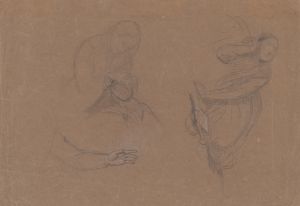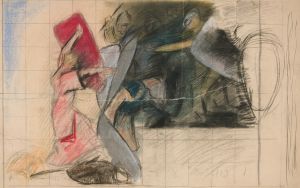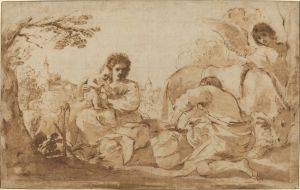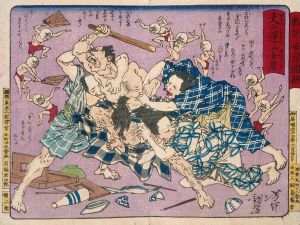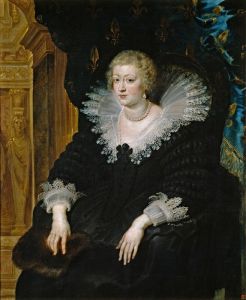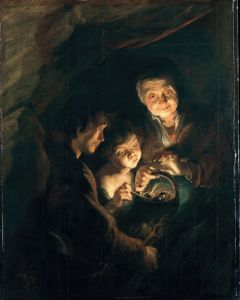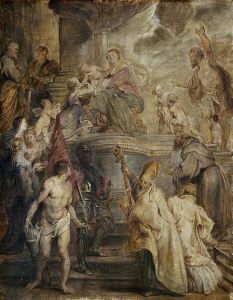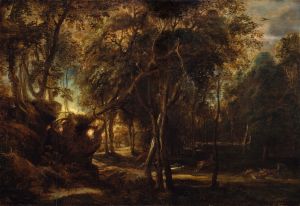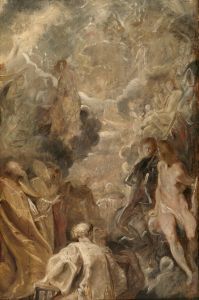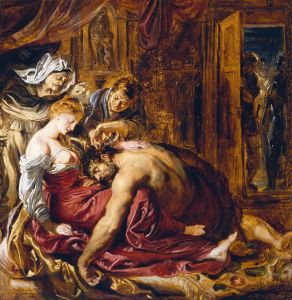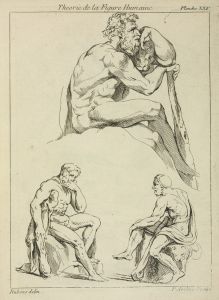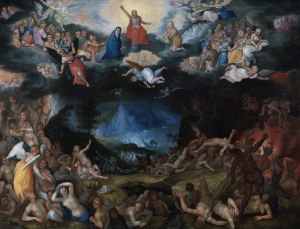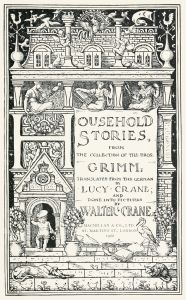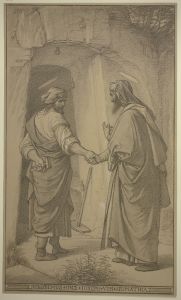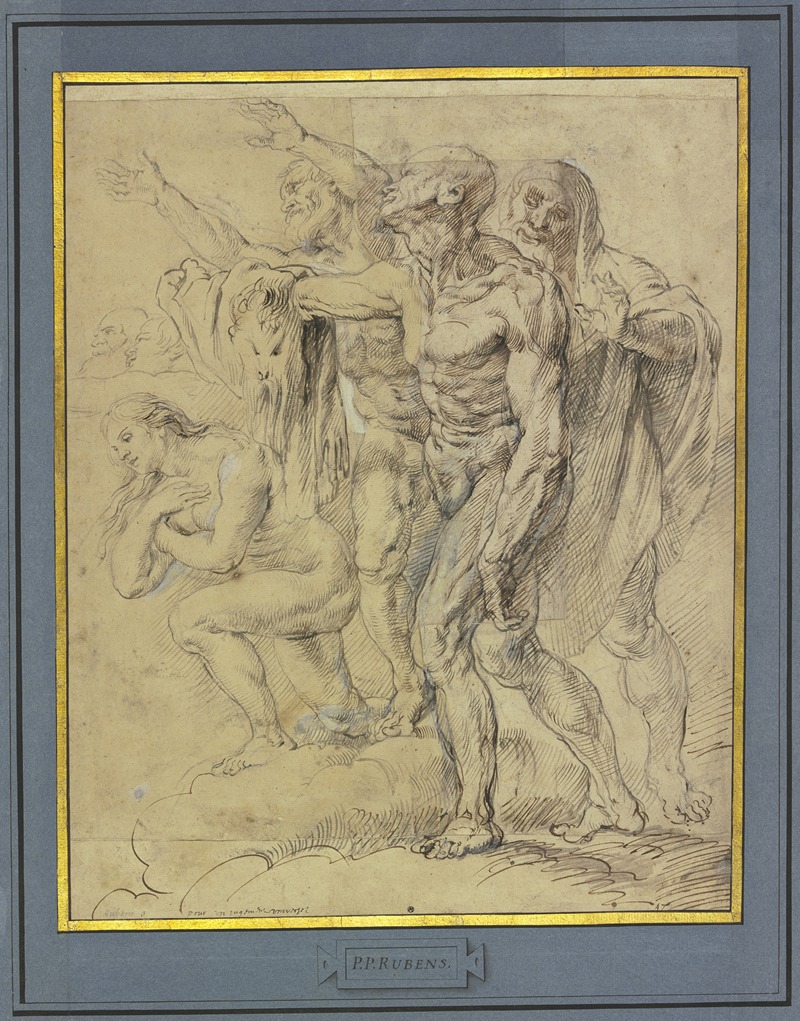
Eva, Maria Magdalena, der Heilige Bartholomäus und ein weiterer für ein Jüngstes Gericht
A hand-painted replica of Peter Paul Rubens’s masterpiece Eva, Maria Magdalena, der Heilige Bartholomäus und ein weiterer für ein Jüngstes Gericht, meticulously crafted by professional artists to capture the true essence of the original. Each piece is created with museum-quality canvas and rare mineral pigments, carefully painted by experienced artists with delicate brushstrokes and rich, layered colors to perfectly recreate the texture of the original artwork. Unlike machine-printed reproductions, this hand-painted version brings the painting to life, infused with the artist’s emotions and skill in every stroke. Whether for personal collection or home decoration, it instantly elevates the artistic atmosphere of any space.
Peter Paul Rubens was a prolific 17th-century Flemish Baroque painter known for his dynamic compositions, vibrant color palette, and grandiose style. Among his extensive body of work, Rubens created numerous religious paintings, often commissioned by churches and private patrons. One such work is "Eva, Maria Magdalena, der Heilige Bartholomäus und ein weiterer für ein Jüngstes Gericht," which translates to "Eve, Mary Magdalene, Saint Bartholomew, and Another for a Last Judgment."
This painting is part of Rubens' exploration of religious themes, particularly the concept of the Last Judgment, a common subject in Christian art that depicts the final judgment of souls by God. Rubens' interpretation of this theme often involved dramatic scenes filled with expressive figures and complex compositions that conveyed the emotional intensity and spiritual gravity of the event.
In "Eva, Maria Magdalena, der Heilige Bartholomäus und ein weiterer für ein Jüngstes Gericht," Rubens focuses on key biblical figures associated with themes of sin, redemption, and judgment. Eve, the first woman according to the Bible, is often depicted in art as a symbol of original sin. Mary Magdalene, a follower of Jesus who is frequently portrayed as a repentant sinner, represents redemption and forgiveness. Saint Bartholomew, one of the twelve apostles, is traditionally associated with martyrdom and is often depicted in Last Judgment scenes due to his role as a witness to Christ's teachings.
Rubens' ability to capture the human form with vitality and emotion is evident in this work. His figures are characterized by their robust physiques and dynamic poses, a hallmark of his style that reflects the influence of the Italian Renaissance, particularly the works of Michelangelo and Titian. The painting likely features a rich color palette, with dramatic contrasts of light and shadow that enhance the emotional impact of the scene.
While specific details about the composition and location of this particular painting are not widely documented, Rubens' religious works were typically intended for altarpieces or private devotion. His Last Judgment scenes often included a multitude of figures, both celestial and terrestrial, arranged in a way that guides the viewer's eye through the narrative of salvation and damnation.
Rubens' influence on Baroque art was profound, and his religious paintings continue to be studied for their artistic and theological significance. His ability to convey complex religious themes through powerful imagery and masterful technique has cemented his reputation as one of the great masters of Western art.
Overall, "Eva, Maria Magdalena, der Heilige Bartholomäus und ein weiterer für ein Jüngstes Gericht" exemplifies Rubens' skill in blending narrative content with visual drama, creating works that resonate with viewers both spiritually and aesthetically.





